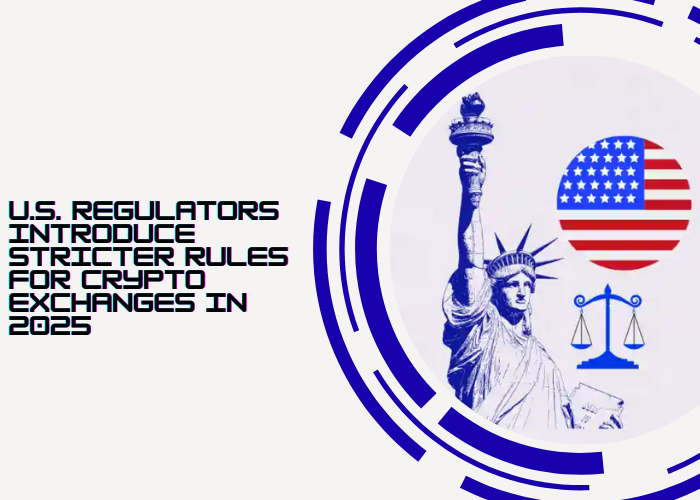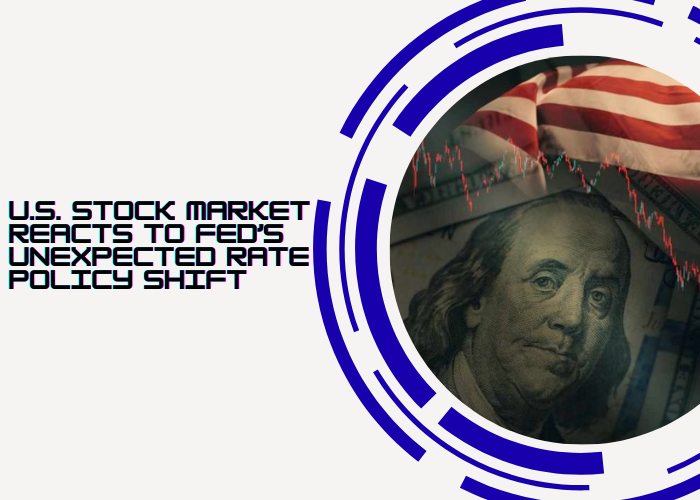U.S. Regulators Introduce Stricter Rules for Crypto Exchanges in 2025
The cryptocurrency industry in the United States is entering a new era as regulators implement stricter rules for digital asset exchanges in 2025. The updated framework is designed to increase transparency, protect investors, and prevent illicit activities like money laundering and fraud. While these measures have sparked debate among crypto enthusiasts, experts suggest that stronger oversight could ultimately foster confidence, attract institutional investment, and promote sustainable long-term adoption.
Key Regulatory Changes
The new regulations introduce several critical requirements for U.S. crypto exchanges. Companies must implement enhanced identity verification protocols, often including Know Your Customer (KYC) and Anti-Money Laundering (AML) procedures. In addition, exchanges are required to monitor transactions more rigorously and report suspicious activity to federal authorities. Detailed reporting standards now cover trading volume, liquidity, and operational compliance.
Non-compliance carries significant consequences. Penalties range from substantial fines to restrictions on operational licenses, and in extreme cases, permanent shutdowns of platforms that fail to adhere to the rules. This regulatory environment is intended to increase investor protection, reduce fraudulent activity, and align U.S. crypto markets with global financial standards.
Impact on Cryptocurrency Exchanges
Major U.S. exchanges are rapidly adapting to the new framework. Many are investing heavily in compliance teams, cybersecurity infrastructure, and automated monitoring systems. These investments aim to meet the enhanced regulatory expectations while maintaining efficient trading environments for users.
However, smaller exchanges face challenges. Implementing robust compliance measures can be costly and technically demanding, potentially forcing some platforms to consolidate or exit the market. Analysts predict that this consolidation may reduce the number of active exchanges but could strengthen the overall stability and security of the industry.
Investor Reactions
Retail investors have expressed mixed feelings about the regulatory changes. Many welcome stronger protections, citing reduced risks of fraud, scams, and exchange insolvency. They view these measures as increasing overall market trust and credibility, potentially encouraging wider adoption among the general public.
Conversely, some investors worry about potential downsides. Stricter identity checks may reduce anonymity, which has been a core attraction for certain crypto users. Additionally, new verification procedures could slow down transaction processing, particularly during periods of high trading volume. These concerns highlight the balance regulators must achieve between security and user experience.
Market Performance Amid Regulatory Changes
Despite the new oversight, leading cryptocurrencies like Bitcoin and Ethereum have remained resilient. Price movements in these major assets continue to be influenced more by global macroeconomic trends, such as inflation, interest rates, and geopolitical developments, than by U.S. regulations alone. This suggests that institutional and retail investors still see long-term value in top-tier cryptocurrencies.
Smaller altcoins with lower liquidity, however, may experience higher volatility. Regulatory uncertainty or increased compliance costs can lead investors to reassess the risks of holding these tokens. This could result in short-term price swings as the market recalibrates expectations under the new rules.
Long-Term Outlook
Analysts suggest that the updated regulatory framework may encourage greater institutional participation in the U.S. cryptocurrency market. Pension funds, hedge funds, and large asset managers have historically been cautious due to legal ambiguity. By clarifying compliance requirements and implementing stronger oversight, regulators reduce the perceived risks for these investors.
Greater institutional involvement could stabilize markets, increase liquidity, and introduce more sophisticated trading practices. Over time, this may help cryptocurrencies achieve wider recognition as legitimate asset classes suitable for investment portfolios, retirement accounts, and even corporate treasury management.
Global Implications
U.S. crypto regulations also affect global markets. Stricter domestic rules may influence foreign exchanges, as many international platforms seek access to U.S. investors and must adhere to comparable compliance standards. Additionally, fluctuations in the U.S. dollar and interest rate environment can indirectly affect cryptocurrency valuation worldwide.
Emerging markets could experience capital outflows as higher yields in the U.S. attract institutional investors, while multinational crypto companies must navigate currency risk, international tax compliance, and cross-border transaction policies. The interconnectedness of global finance means that domestic regulatory changes in the U.S. can ripple across the entire digital asset ecosystem.
Investor Strategies During Regulatory Shifts
Financial experts recommend that investors review and diversify their portfolios in light of the new rules. Diversification across assets—including cryptocurrencies, stocks, bonds, and commodities—can help reduce risk during periods of market volatility. Investors are also advised to focus on coins with strong fundamentals, liquidity, and institutional backing.
Maintaining disciplined investment habits, such as dollar-cost averaging, regular portfolio rebalancing, and thorough research on compliance practices of exchanges, will be crucial. Staying informed via reliable financial news sources and tracking upcoming policy announcements ensures that investors can respond proactively rather than reactively to regulatory changes.
Conclusion
The cryptocurrency landscape in the United States is undergoing a transformative period in 2025 due to stricter regulatory oversight. While short-term disruptions and volatility are likely, the long-term benefits could include enhanced investor protection, stronger market legitimacy, and increased institutional participation.
For retail and institutional investors alike, understanding the regulatory environment, monitoring market trends, and adopting disciplined strategies are essential for navigating this new era. With proactive planning and informed decision-making, cryptocurrencies can continue to evolve into a widely accepted, resilient, and valuable component of the global financial system.



